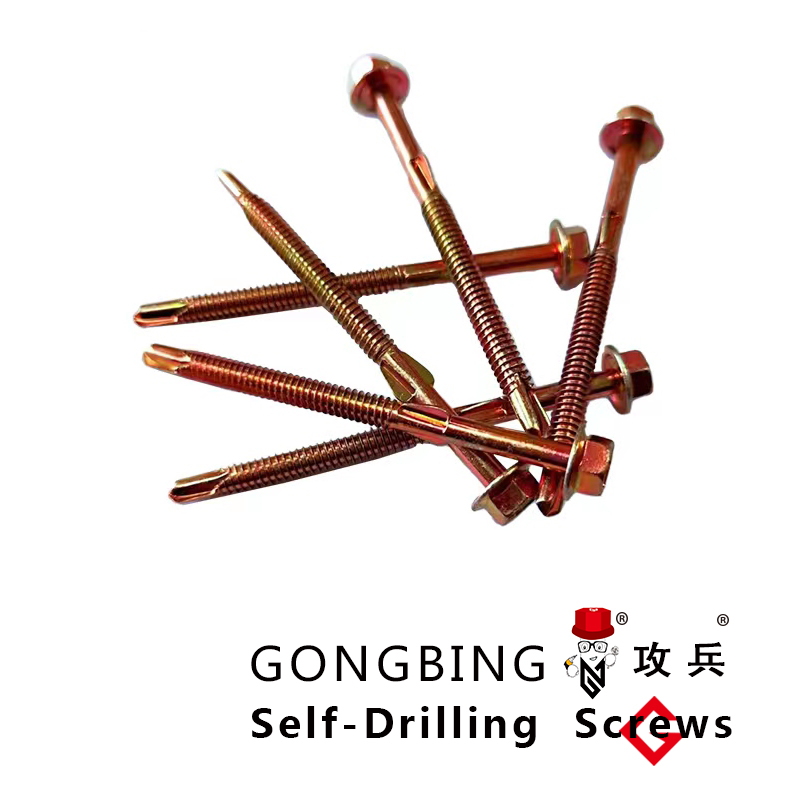Understanding the Importance of Machine Foundation Bolts in Structural Stability
Understanding Machine Foundation Bolts Essential Components for Structural Integrity
Machine foundation bolts play a crucial role in the stability and longevity of industrial equipment. These bolts are specifically designed to anchor machinery to concrete foundations, ensuring that the equipment remains secure and stable during operation. The importance of selecting the right foundation bolts cannot be overstated, as they directly influence the performance and safety of industrial operations. This article delves into the functions, types, installation processes, and best practices related to machine foundation bolts.
The Role of Foundation Bolts
Foundation bolts are essential in securing machinery to their respective foundations. They absorb and distribute the dynamic loads generated by machine operations, particularly in heavy industries like manufacturing, power generation, and construction. Without properly installed bolts, machinery can shift, vibrate, or even detach from its base, which can lead to mechanical failures, costly downtimes, and unsafe working conditions.
The primary functions of machine foundation bolts include
1. Load Transfer They transfer loads from the machinery to the concrete foundation. This ensures that the structure can withstand both static and dynamic forces. 2. Vibration Resistance Machinery often generates vibrations during operation. Foundation bolts help to minimize these vibrations, reducing wear and tear on both the machinery and the foundation.
3. Alignment and Calibration Properly installed bolts ensure that machinery is aligned to the specifications required for optimal performance.
Types of Foundation Bolts
Machine foundation bolts come in various designs and materials, each suited for specific applications
1. L-Bolts These bolts have an L-shaped design that provides extra grip within the concrete. They are commonly used in heavy machinery applications.
2. J-Bolts Similar to L-bolts but with a J-shaped hook, these are often used for lighter machinery and in less demanding environments.
3. Straight Bolts These are standard bolts that are used with anchor plates or brackets. They provide flexibility in terms of adjustment during installation.
Materials for foundation bolts generally include high-strength steel and stainless steel, depending on the environmental conditions they will face, such as corrosion or high temperatures.
machine foundation bolt

Installation Process
Proper installation of foundation bolts is critical to ensure their effectiveness. Below are the general steps involved in installing machine foundation bolts
1. Site Preparation The concrete foundation must be prepared according to the specifications for the machinery it will support. This includes assessing the concrete’s strength and integrity.
2. Positioning Before pouring the concrete, the foundation bolts are positioned accurately. Templates may be used to maintain correct spacing and alignment.
3. Pouring Concrete Once the bolts are in position, concrete is poured and allowed to cure. It is crucial to ensure that the bolts remain stable during this curing process.
4. Tensioning After the concrete has cured properly, the bolts are tensioned to the manufacturer’s specifications. This step is vital in ensuring that the machinery remains secure and stable when operational.
5. Regular Maintenance Regular inspections and maintenance of the bolts and their connections are essential to ensure ongoing performance and safety.
Best Practices
To ensure the longevity and effectiveness of machine foundation bolts, consider the following best practices
- Select the Right Type Assess the requirements of the specific machinery and choose bolts suitable for the application. - Follow Manufacturer Guidelines Always adhere to the manufacturer's specifications for installation and tensioning to avoid failures.
- Conduct Regular Inspections Periodically check the bolts for signs of wear, rust, or loosening, and take corrective action as necessary.
- Utilize Proper Tools Use calibrated tools for tensioning to achieve the correct tightness without over-stressing the bolts.
In conclusion, machine foundation bolts are critical components that ensure the stability and effectiveness of machinery in industrial settings. Understanding their role, types, installation processes, and maintenance practices can enhance machinery performance, increase safety, and prolong the lifespan of both machine and foundation. By paying attention to these aspects, businesses can safeguard their operations and achieve greater efficiency in their processes.
-
Weatherproof Plastic Expansion Anchors for OutdoorNewsJun.06,2025
-
Sustainability in the Supply Chain: Eco-Friendly TEK Screws ProductionNewsJun.06,2025
-
Load-Bearing Capacity of External Insulation FixingsNewsJun.06,2025
-
Double Head Bolts: Enhancing Efficiency in Industrial MachineryNewsJun.06,2025
-
Corrosion Resistance in Chipboard Screws: Coatings for Wholesale DurabilityNewsJun.06,2025
-
Butterfly Toggle Bolts : Enhancing Structural ResilienceNewsJun.06,2025
